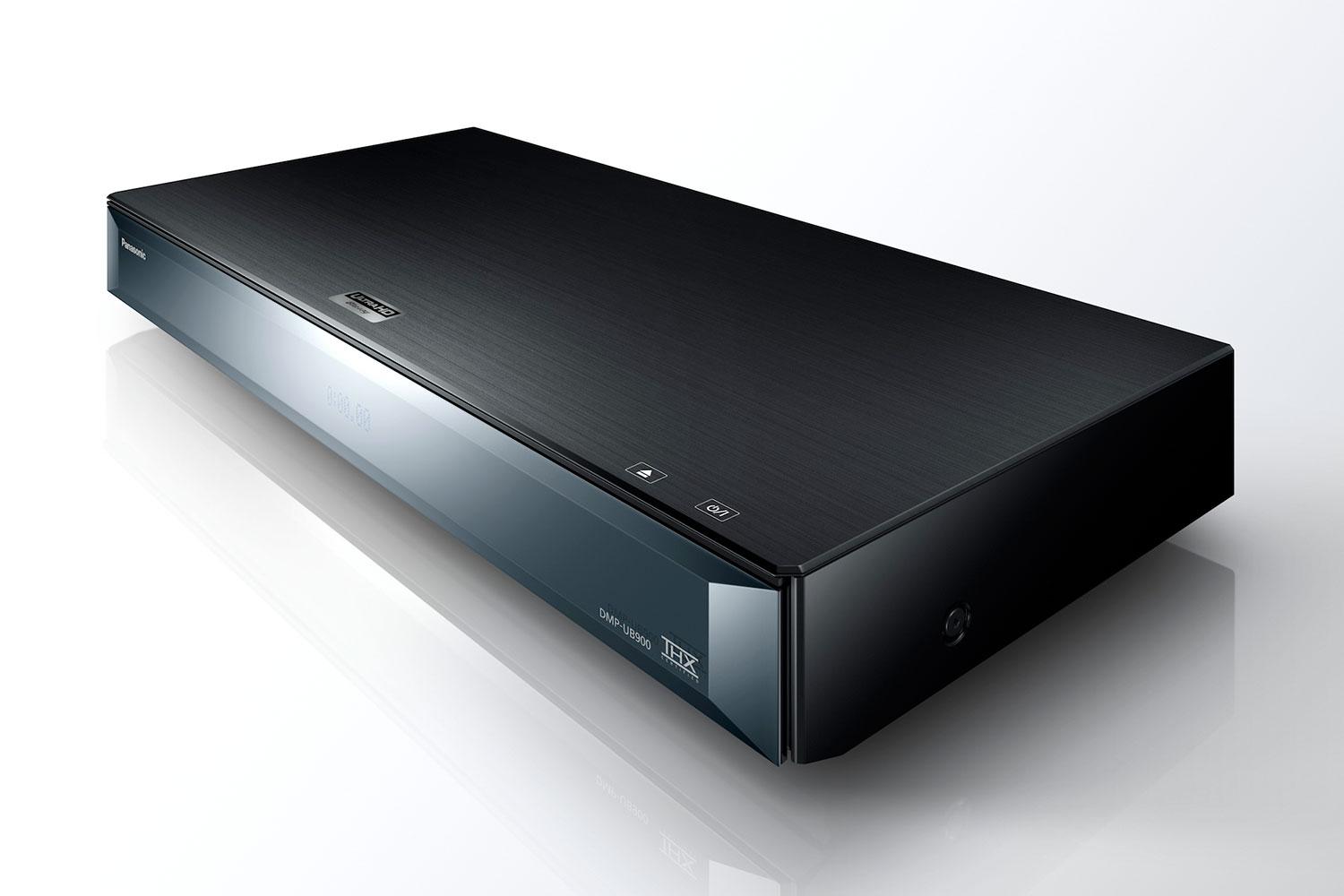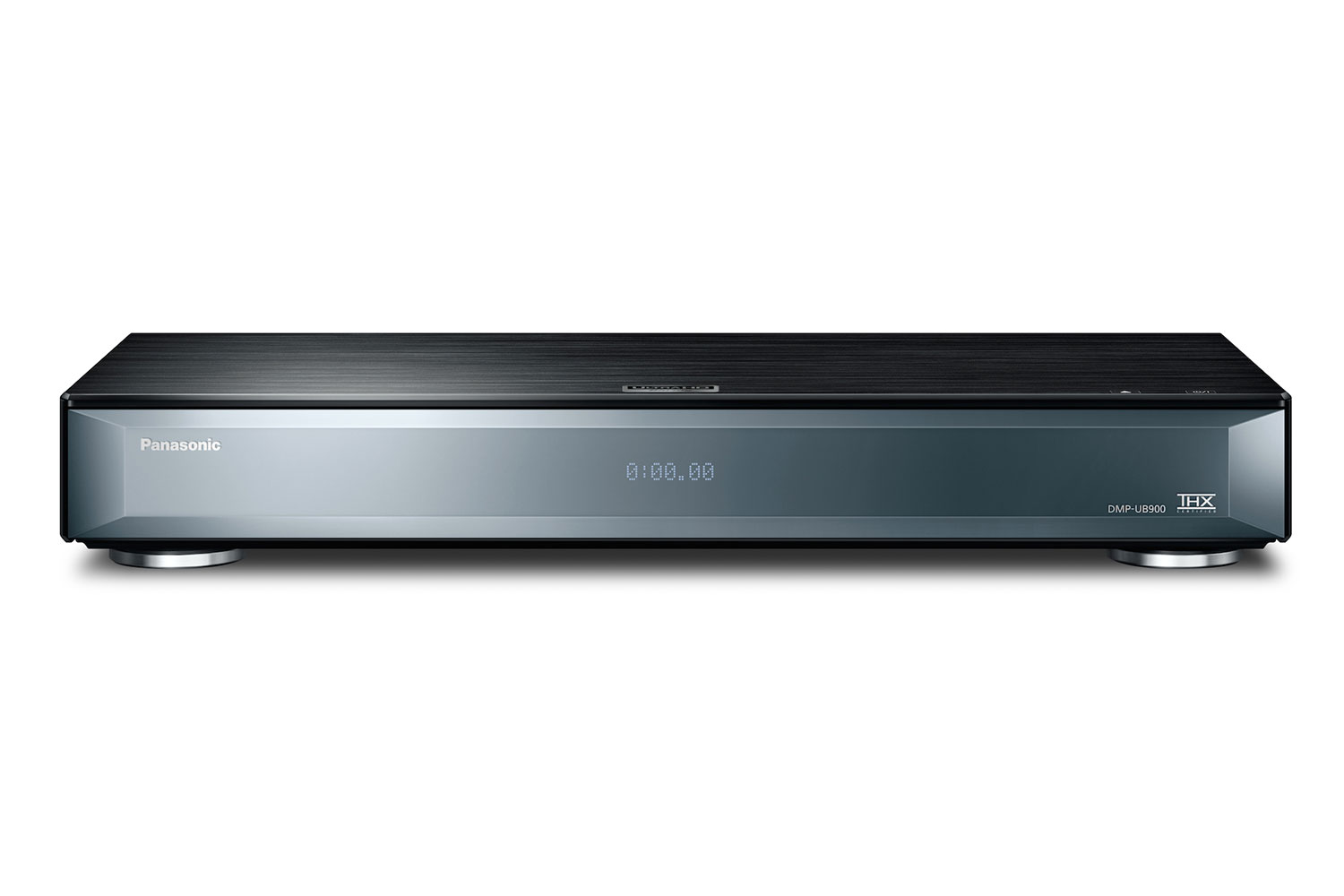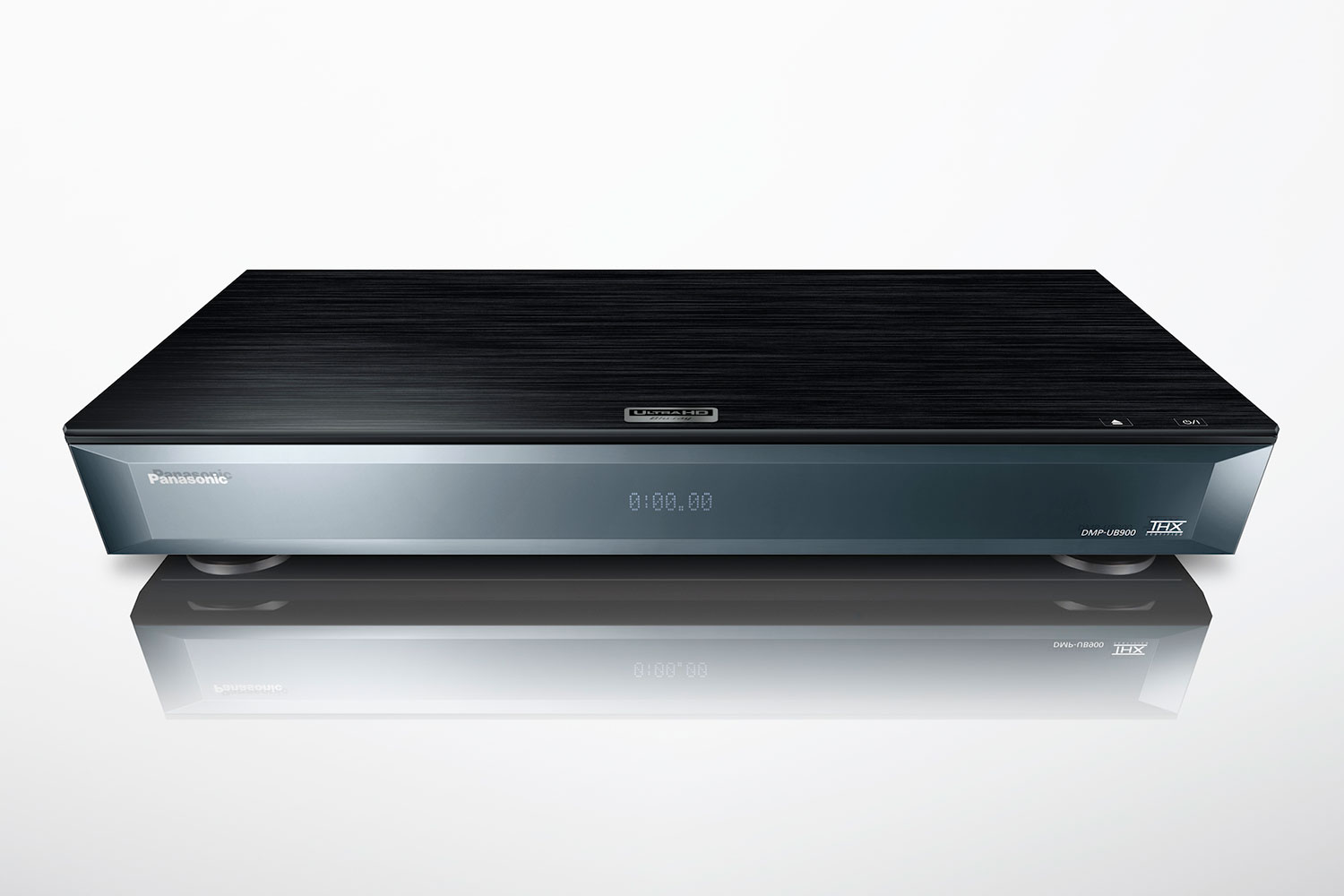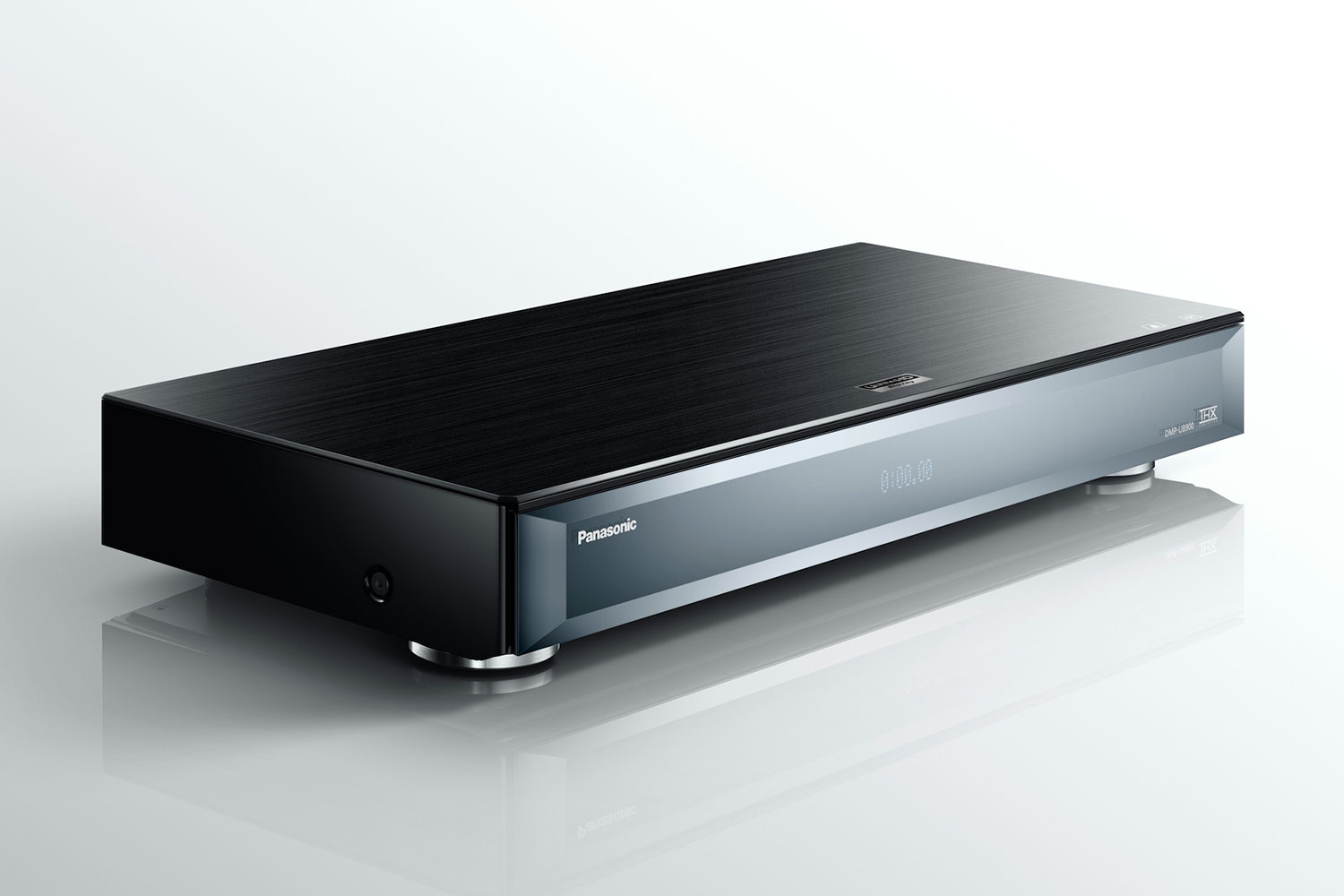With streaming music, movies, and TV quickly eclipsing optical discs (when was the last time you bought a CD, really?), it might seem odd that folks are getting excited about another version of Blu-ray, but with 4K Ultra HD TVs starving for content that allows them to show off what they can really do, it turns out that Blu-ray is the only way to go … for now.
At CES 2016, Panasonic fulfilled the promise it made a year ago at CES 2015: A fully-functioning, high-end Ultra HD Blu-ray player due to launch later in the year. In just a few short months, present and future owners of premium 4K Ultra HD TVs with HDR capabilities will finally have a source worthy of their mighty displays. Meet the Panasonic DMP-UB900 Ultra HD Blu-ray player.
The DMP-UB900 appears to be exactly the sort of premium device you’d expect from a company known for its top-tier video hardware — in fact, it has already achieved THX certification. And the UB900 goes beyond being a basic Ultra HD Blu-ray disc player. Stocked with premium components and processing capabilities, this new machine promises to deliver unrivaled video and audio quality from any source — and that includes streaming services.
The Ultra Blu-ray discs will offer viewers minimally-compressed, 10-bit video signals, complete with HDR metadata and the widest array of colors yet seen. Viewers will finally witness large swathes of rich colors in fine gradation, and free of color banding. Heightened video resolution will be accented by High Dynamic Range information, expanding the breadth of contrast, and adding new layers of color never before available.
Panasonic’s proprietary 4K high-precision Chroma processor and Direct Chroma up-scaling are expected to deliver exceptionally crisp images, even from standard Blu-ray discs, and breath new life into DVDs and streaming content as well. While Ultra HD Blu-ray content will be decoded into a 4:2:0 signal, Panasonic’s processing aims to interpolate them to 4:4:4.
In addition to stellar picture quality, Panasonic built the UB900 to offer outstanding audio quality, with an over-sized power supply, power conditioning, and high-volume capacitors, all aimed at rendering the purest analog audio signal possible. Hi-Res Audio is also supported here, including DSD (5.8 MHz and 2.8 MHz), FLAC, and ALAC files, thanks to a 192kHz/32-bit DAC. Panasonic has even included a 96kHz-192kH upsampling chip designed to lend the warm sound characteristics associated with vacuum tubes, with six distinctively different sound curves available.
Related: Sony gets stylish with new h.ear on Bluetooth ANC headphones
Connectivity includes two HDMI outputs, with the video and audio signals separated to eliminate noise, heighten audio reproduction, and enable users to pass a clean video signal directly to the TV while sending an audio signal off to an A/V receiver or pre-amp/processor.
While streaming services are certainly more convenient, and have in recent months added 4K Ultra HD video content, some even with HDR embedded, the fact is that a great deal of compression is applied to these signals, robbing the content of its luster and depth in the process. Until high-speed broadband access without data caps is widely available, we’ll need the Ultra HD Blu-ray disc in order to get the highest premium experience from 4K Ultra HD TVs — and Panasonic’s UB900 looks like it’s the best player to get the job done.










